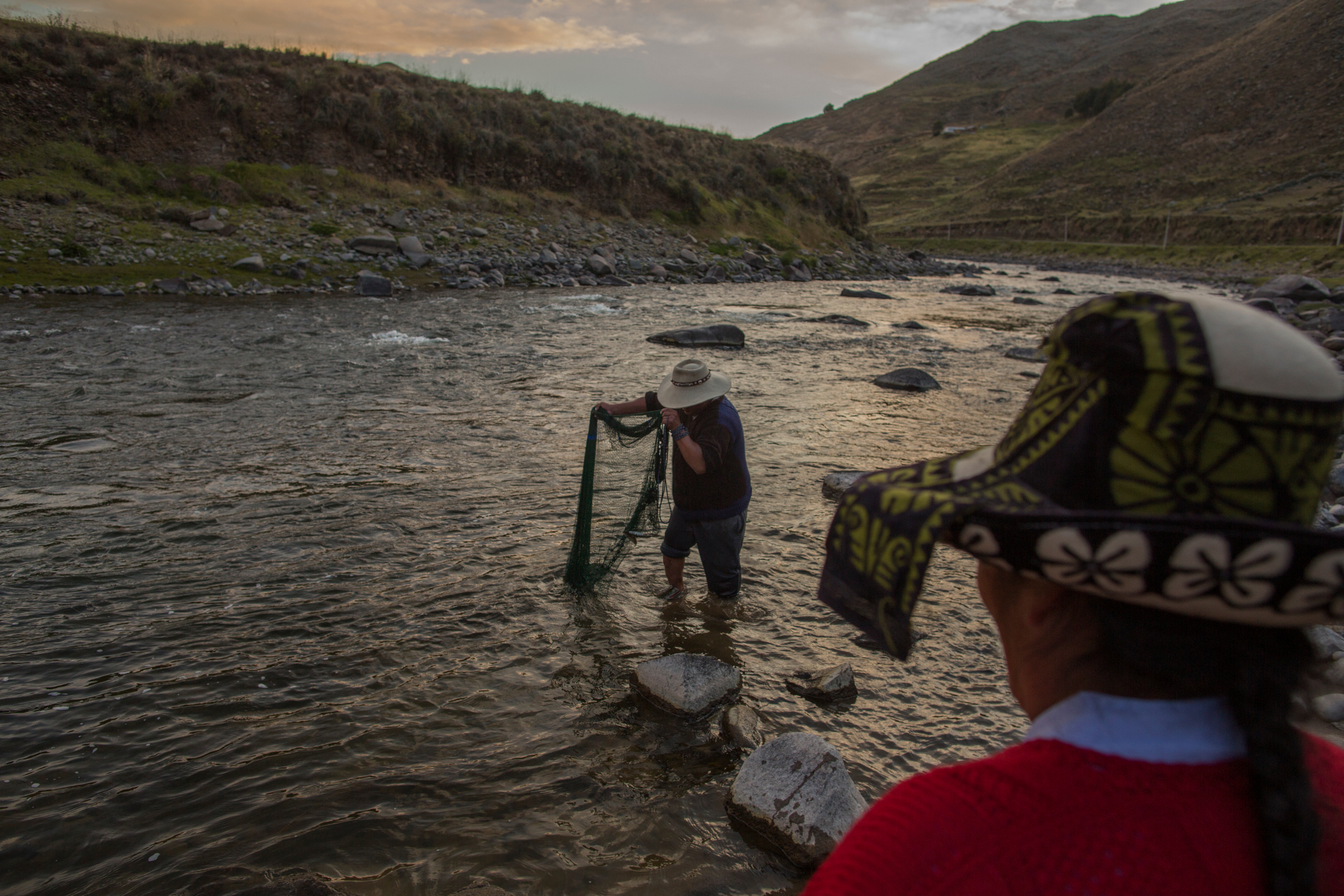

The
owners
of water
The unequal power struggle behind Peru’s most strategic resource.

This investigation uncovers the privileged access to water of a group of companies in areas at high risk of water scarcity and reveals that indigenous communities located near the operations of these companies have no access to water or to other basic services. With the support of the Regional Investigative Network, an Ojo‑Publico.com team analyzed almost half a million water use rights granted in Peru during the last 50 years and traveled across the southern Andes to tell the stories of the conflicts that have arisen over this resource.

Thirst and power in the Andes
The highlands of Cusco and Apurimac are home to Peru’s biggest copper extraction projects. Whilst the country benefits from the enormous tax revenue these generate, dozens of indigenous communities live without secure access to water.
Read the reportThe mining operations of Las Bambas, Antapaccay and Constancia, led (respectively) by the Chinese MMG company, the Swiss-based Glencore, and the Canadian Hudbay, produce almost 50% of all Peru´s copper.
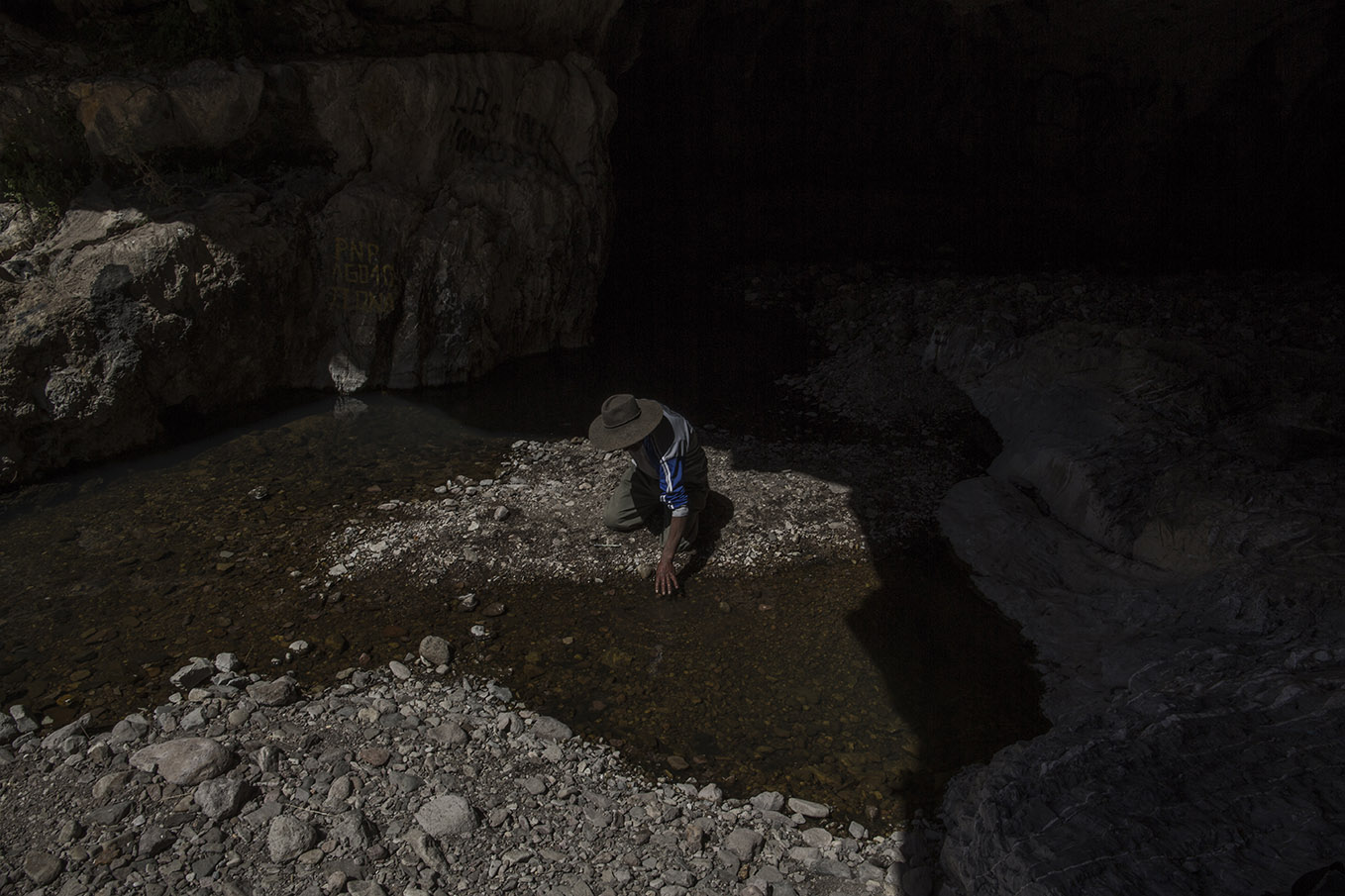
Fifty thousand people inhabit an area known as the southern corridor where more than 200 population centers are located, many of which are considered indigenous communities.
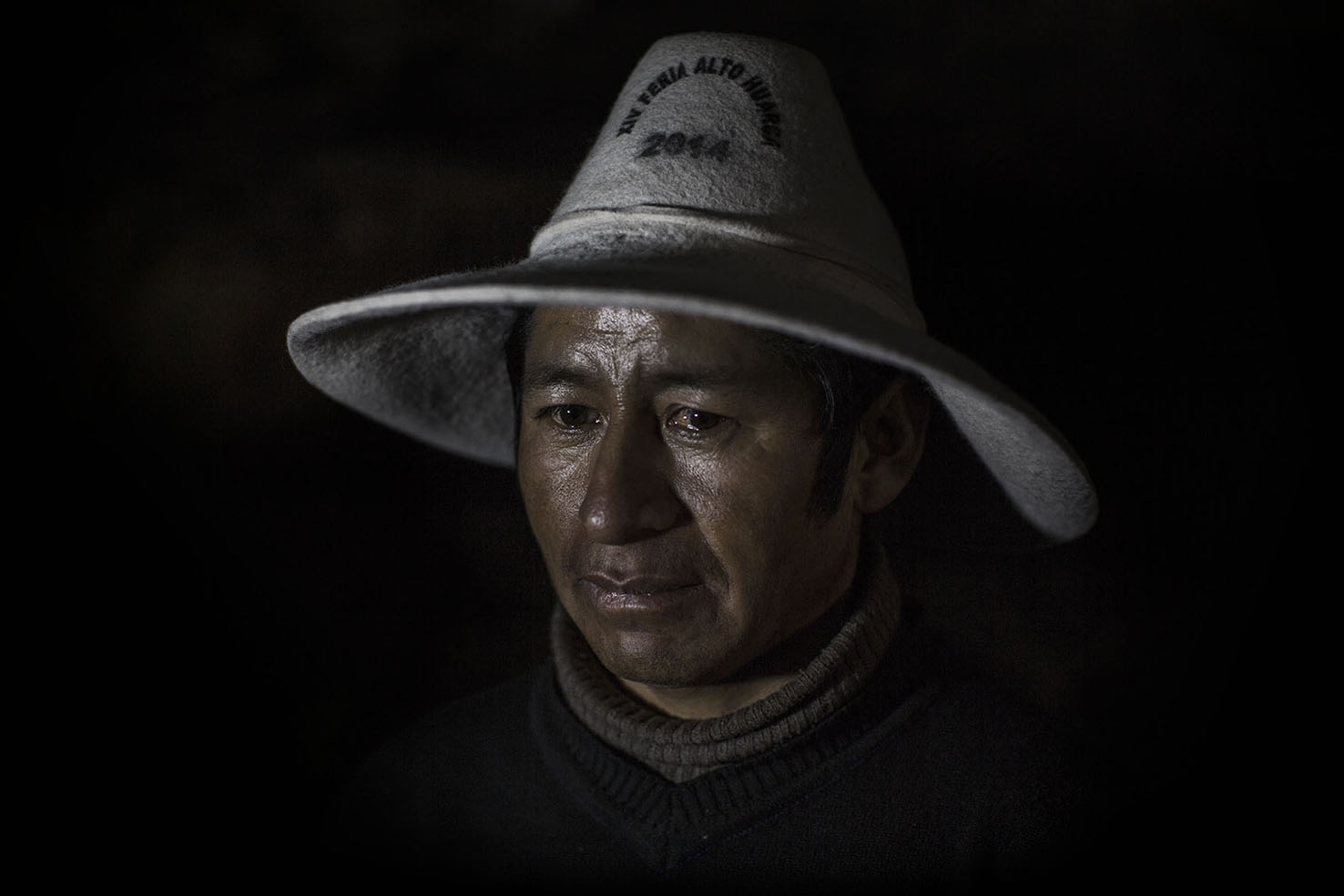
Víctor Álvarez
Community: Alto Huarca (Espinar, Cusco)
“Right now the Alto Huarca community receives no public services. We have no water, no electricity, and no sewerage. I know that without these services we live in extreme poverty.”

Josefina Maccarcco
Community: Alto Huancané (Espinar, Cusco)
“I used to have water, but it's not the same now. There is no water and the animals are dying. We don’t live the way we used to.”
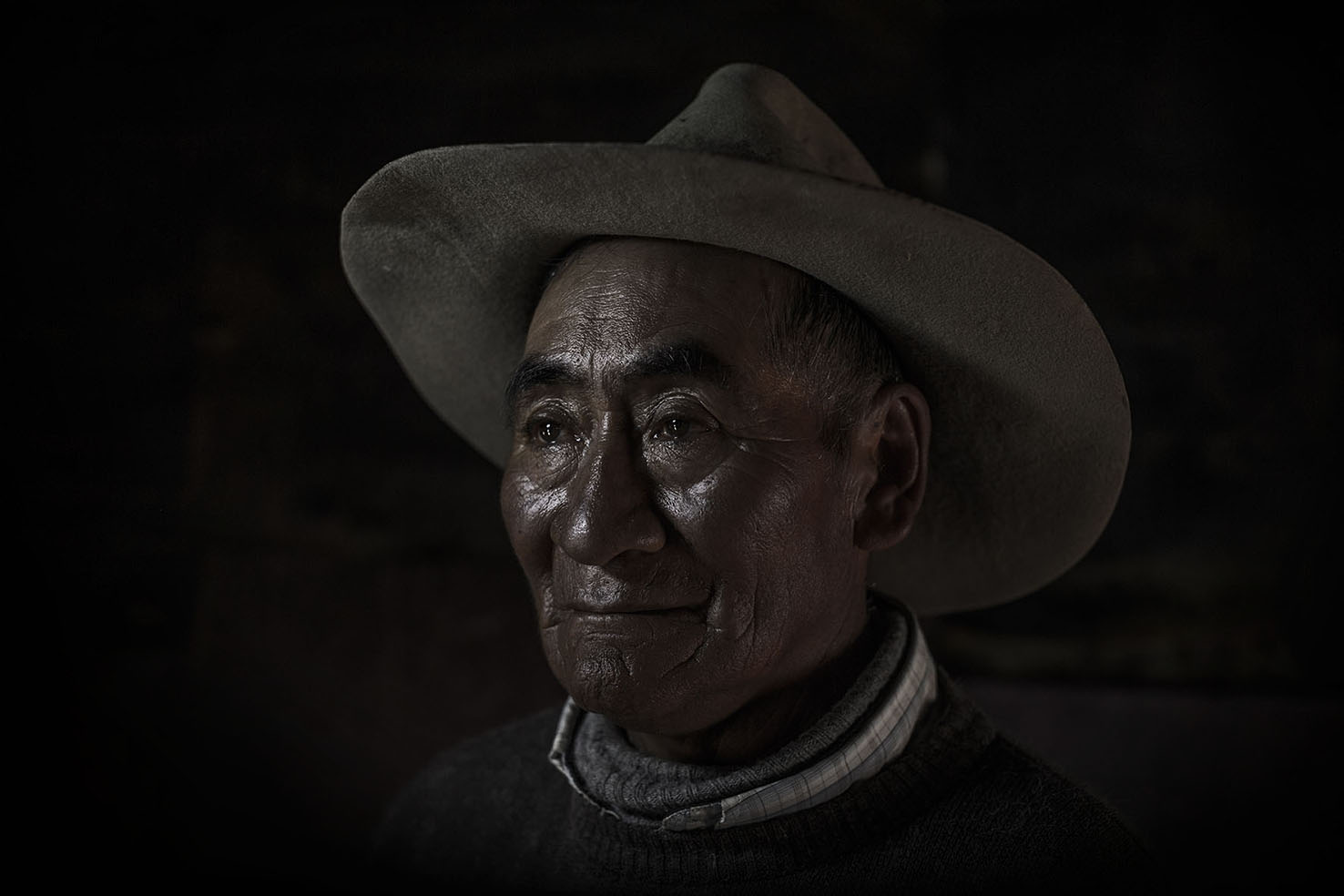
Francisco Merma
Community: Alto Huancané (Espinar, Cusco)
“They say to us: ‘Show us the proof it’s contaminated, with a document.’ So we have to analyze [the water]. But we have nothing. What can we do? It costs a lot of money.”

Ricardo Astuhuillca
Community: Patahuasi (Cotabambas, Apurímac)
“With the mine, they (the people of the community of Piscocaya) think everything belongs to them. They are the only ones who benefit.”
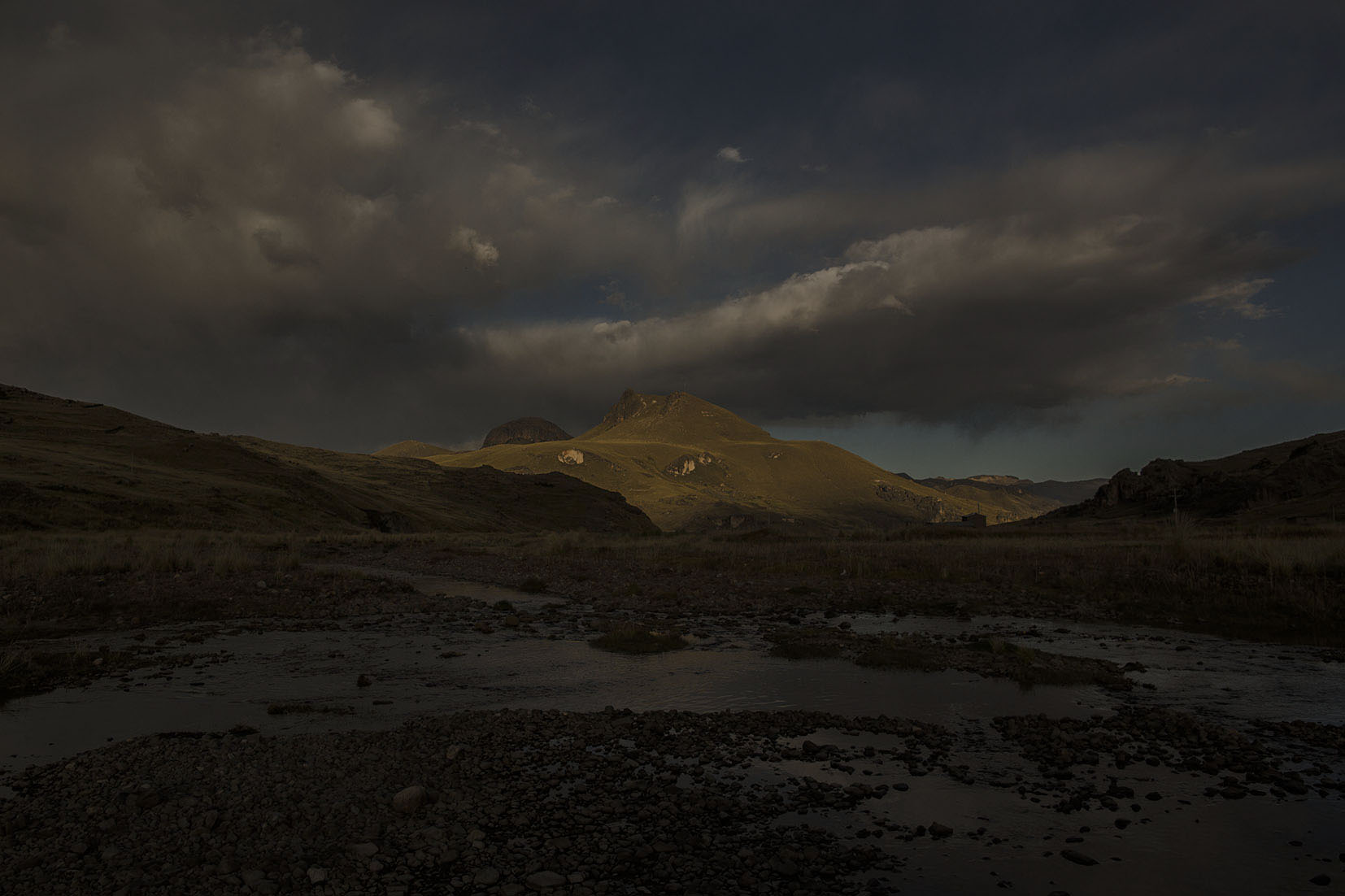
The distribution
Peru’s fresh water is all in the hands of companies, associations, and individuals who have obtained indefinite or temporary licenses to extract the resource from wells, rivers, and gorges. For every thousand liters of water, they pay a maximum price of 0,08 dollars.
Read the reportSource: ANA

This is how the rights have been granted over five decades
The majority of the water rights have been granted over the last five decades. Agricultural companies have been the principal recipients, followed by suppliers for domestic and human consumption, and then industrial companies and miners.
Read the reportMining
There are 1,576 rights for miners to extract water. Authorizations increased in 2011, in the context of the formalization of mining in Madre de Dios, and again in 2014, boosted by megaprojects in Peru’s south.
Agriculture
Some 93% of the total authorizations have been issued to agricultural users. The use of groundwater on the coast is the most critical issue. In 2006 the National Water Authority continued to grant water exploitation permits in areas, such as Ica, where the practice was suspended.
Industry
The industrial exploitation of water is concentrated by fishery, bottling, and sugar companies located along the coast. Of the 3,034 exclusive use rights for this sector, 17% are located in the province of Lima.
Human consumption
Approximately 65% of Peru’s population lives in regions located along the coast. They depend on the exploitation of groundwater for the delivery of basic services. This is particularly so in Lima, Lambayeque, and Piura.

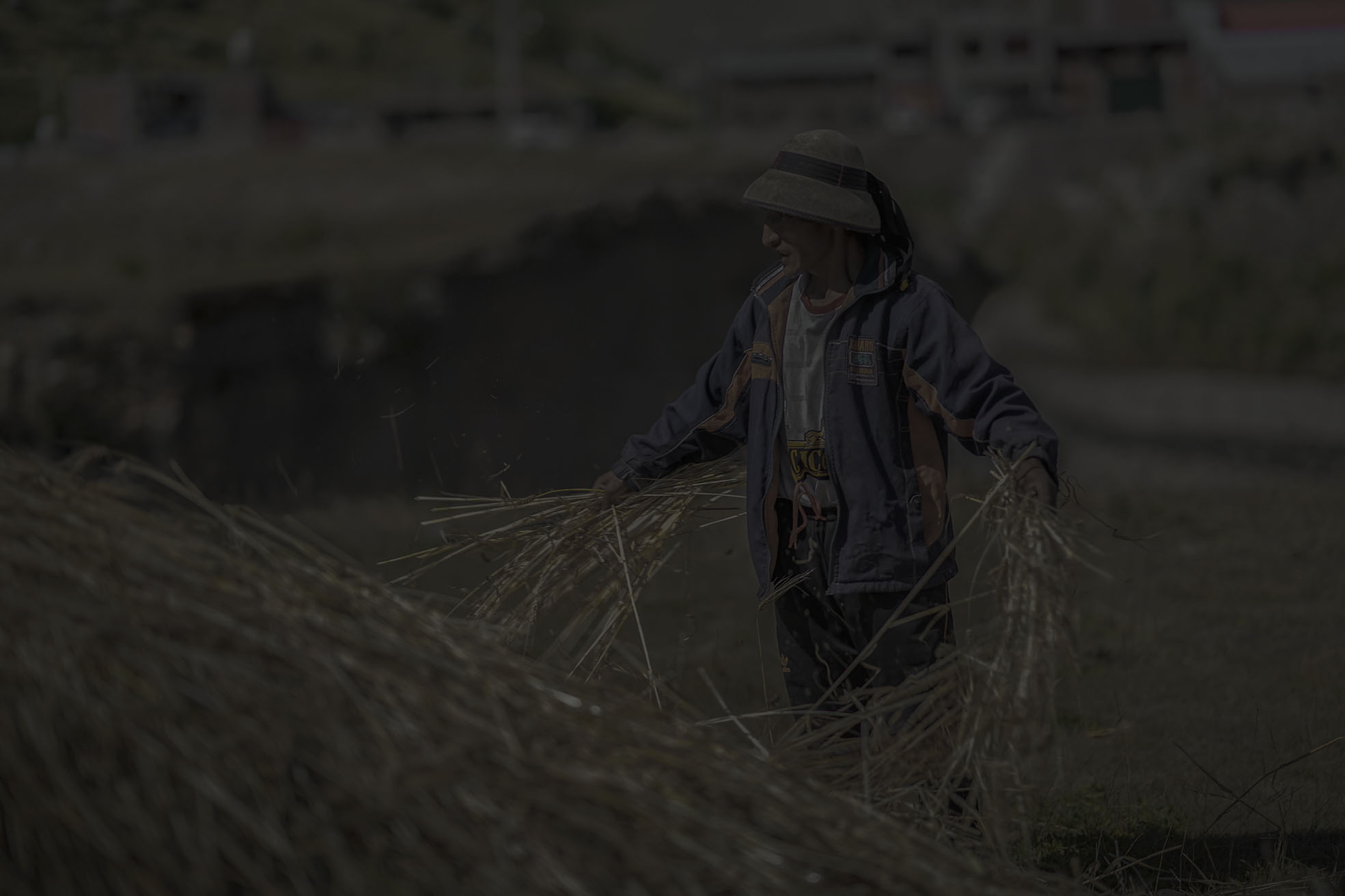

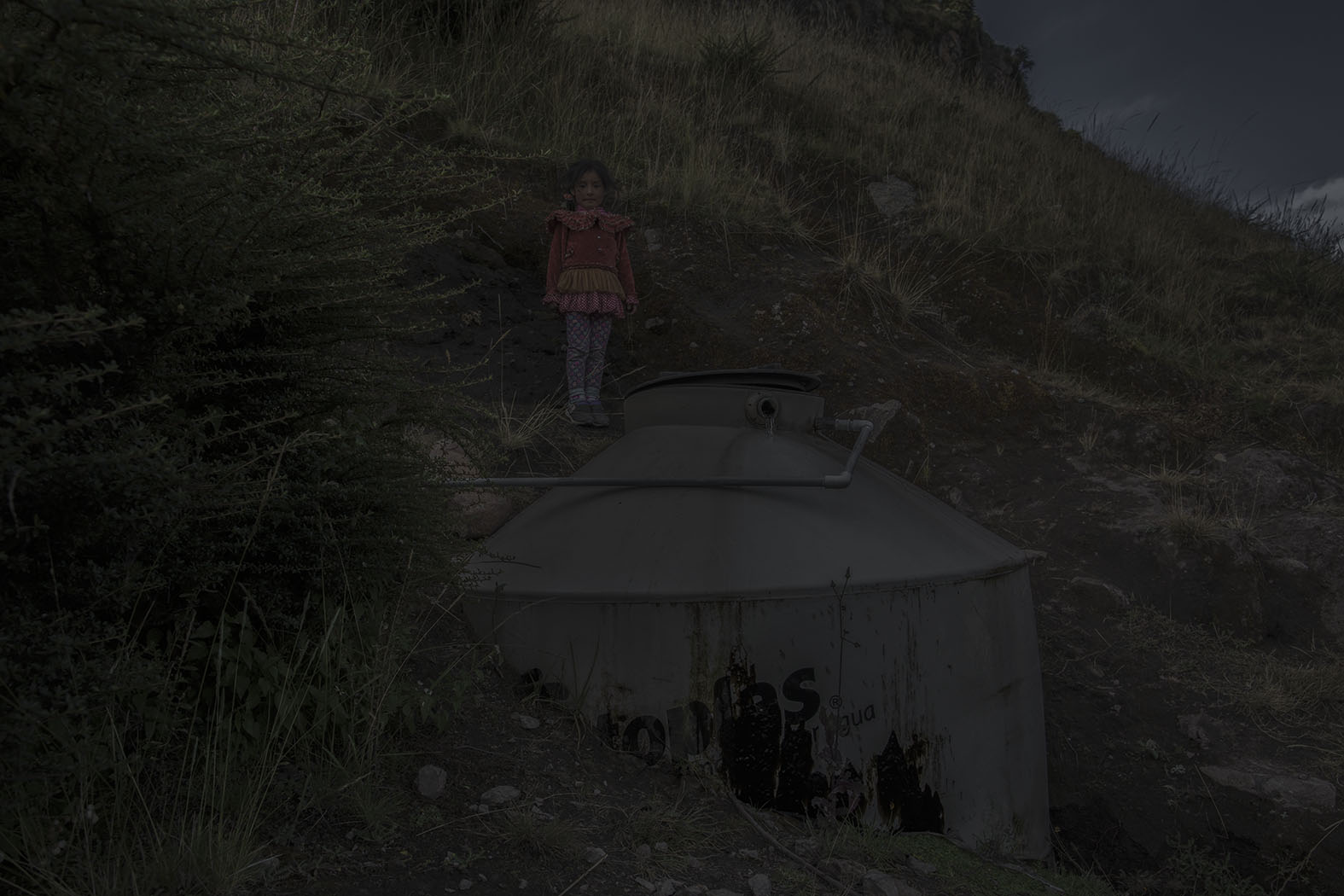
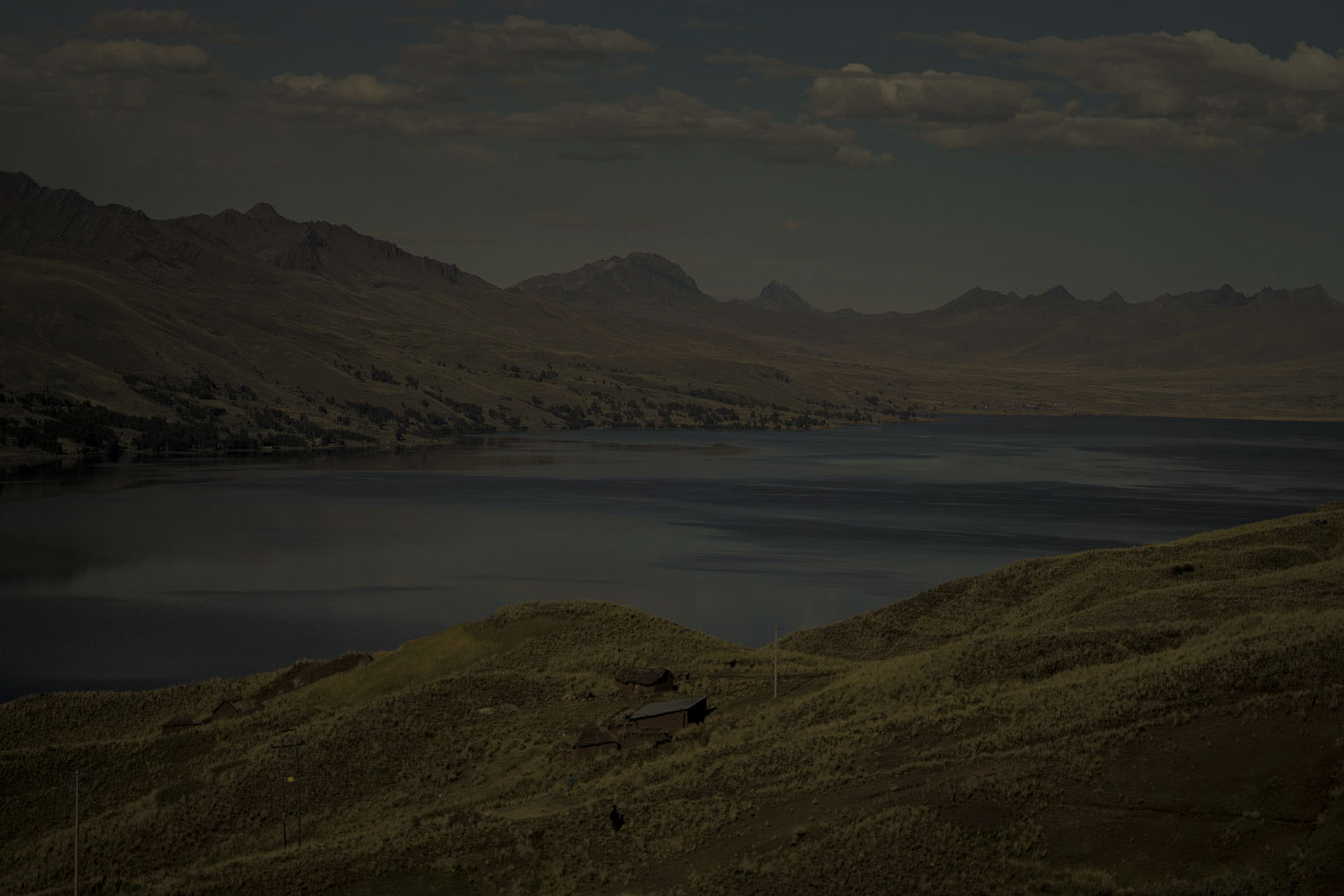
Investigations
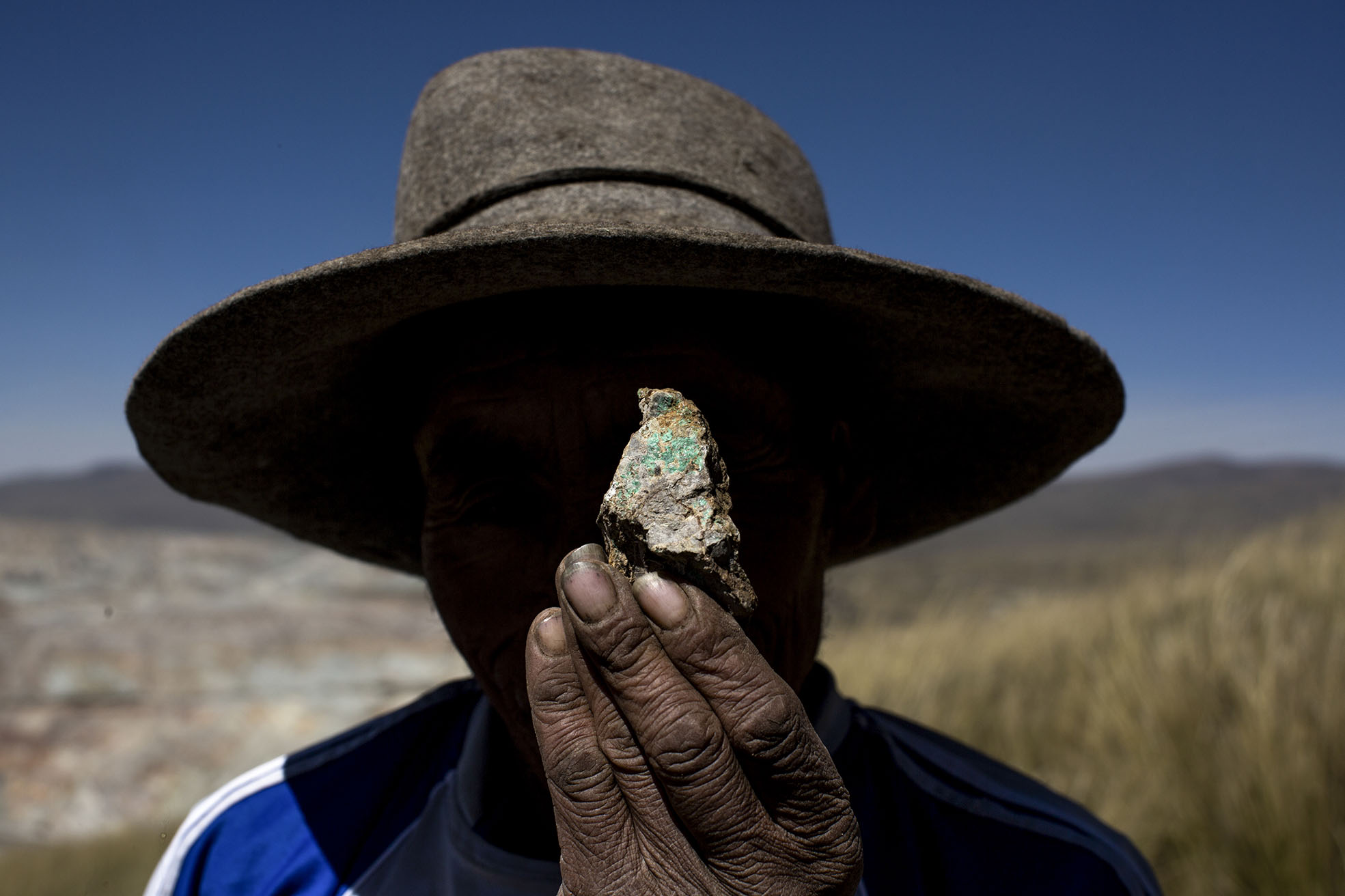
Thirst and power in the Andes
A lot of indigenous communities neighboring to the most important mining operations in Perú dont have access to safe water or other services. In the mining corridor located between Cusco and Apurimac, the State also violated their rights to consultation.

The entrepreneurial power behind water access
Ojo-publico.com analyzed all water use rights granted by the state over the last five decades and identified the 43 private companies holding the most permits to capture and control this public resource. Heading the list are mining, bottling, and agro-export companies which operate in areas where water is scarce or where social conflicts exist over lack of access to the resource.

The price of water: Mining’s incomplete payments
An analysis of the amounts paid for water use reveals the combined omission of approximately PEN1 million in a single year by Las Bambas and Volcan, two of the country’s largest mining companies.

Mining and and conflicts in drought zones
A map built by Ojo-Publico.com shows how 31 mining companies obtained licenses for the usage of water from rivers, aquifers and streams in 12 zones declared in hydric stress, pollution and socio-environmental conflicts.